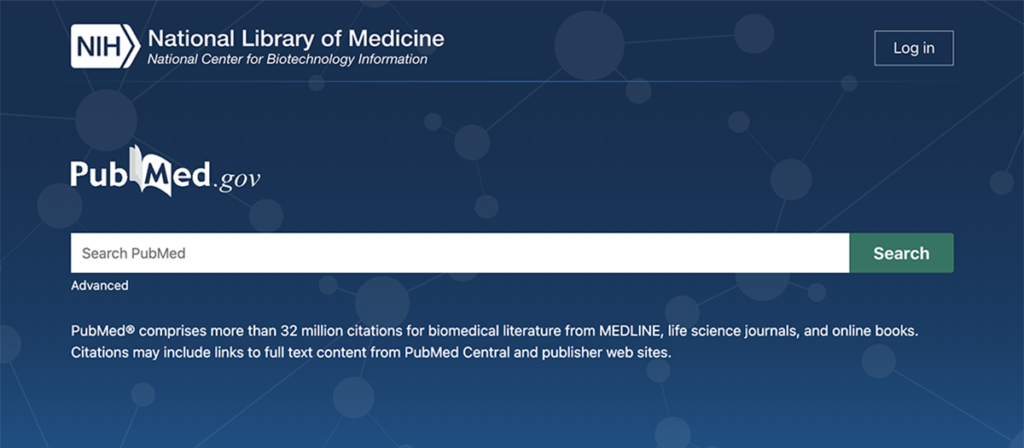Publishing in reputable international journals is crucial for researchers, as it provides recognition, credibility, and access to a wider academic audience. Whether you are a student or a seasoned professor, understanding the steps involved in submitting a manuscript can significantly increase the chances of having your work published. Here’s a detailed guide on what you need to know before submitting your manuscript.
Benefits of Publishing in Reputable Journals
- Increased Recognition and Prestige: Publishing in prestigious journals enhances your academic profile, giving your research the recognition it deserves.
- Enhanced Credibility of the Research: Peer-reviewed journals validate your work, ensuring that it meets high standards of quality and rigor.
- Access to a Wider Audience: Your work will reach researchers, professionals, and academics around the world.
- Potential for Collaboration and Networking Opportunities: Being published can open doors for partnerships and collaborative research.
Top Three Journal Databases
- ISI (Institute for Scientific Information): Integrated into the Web of Science, ISI offers indexing and citation analysis, enhancing the visibility and impact of research. ISI-indexed journals are highly desirable for their quality and rigor.
- Scopus: A multidisciplinary database by Elsevier, Scopus covers a vast range of research fields and offers tools for citation tracking and research analysis. Publishing in Scopus increases visibility and accessibility to a global audience.
- PubMed: Focused on biomedical and life sciences, PubMed is a vital resource for medical professionals and researchers. By publishing in PubMed-indexed journals, researchers can increase their work’s credibility and reach within the medical field.
Journal Impact Factor
The journal impact factor measures the influence of a journal based on the average number of citations its articles receive. Journals with higher impact factors are associated with influential research, making them attractive options for publication.
Writing a Cover Letter
A cover letter is a brief yet essential part of the submission process. It should summarize your research, emphasize its significance, and explain why the article is a good fit for the journal. Including supplementary details can also help editors make an informed decision.
The Process of Article Submission
- Choosing a Journal: Select a journal that aligns with your research focus. Consider the journal’s target audience, impact factor, and indexing in reputable databases. Consulting with mentors and colleagues can help make an informed choice.
- Formatting Your Article: Each journal has specific formatting guidelines, including citation styles, font requirements, and reference formatting. Ensuring your article follows these guidelines is crucial for submission.
- Writing the Article: The content must be organized logically, with clear headings and well-supported arguments. A well-written manuscript not only improves readability but also enhances the chances of acceptance.
- Signing Up on the Journal’s Website: To submit, you’ll need to create an account on the journal’s submission platform. Once registered, you can upload your manuscript, supplementary materials, and any other required information. Make sure to disclose conflicts of interest and provide details about co-authors.
- Peer Review: After submission, your article enters the peer review process, where experts in your field will evaluate the research for its originality, significance, and rigor. Peer review helps ensure the integrity of scholarly publishing.
Making Revisions
Upon receiving feedback from peer reviewers, you’ll need to revise your article. This step involves addressing reviewers’ comments, clarifying arguments, and improving the overall quality of the manuscript. A well-revised article stands a higher chance of being accepted.
Article Acceptance
Once revisions are made, the article is resubmitted. Editors then review the revised manuscript and decide whether it meets the journal’s standards. If accepted, the article undergoes copyediting and formatting before being published in an issue or online.
Open Access vs. Closed Access
When publishing, you may have the option to choose between open access (freely accessible to all readers) and closed access (accessible only to subscribers). Open access generally increases the visibility of your work, but may involve higher publication fees.
Conclusion
Submitting a manuscript for publication is a detailed and multi-step process that requires careful consideration at every stage. From choosing the right journal to making necessary revisions, each step can significantly impact the outcome of your submission. By understanding the nuances of journal databases, peer review, and submission protocols, you can increase the visibility, recognition, and impact of your research.
At DRTANJIL.COM, we offer expert guidance in navigating the publishing process, ensuring your research reaches the right audience and achieves its full potential. Let us help you make informed decisions to maximize the impact of your scholarly work.


